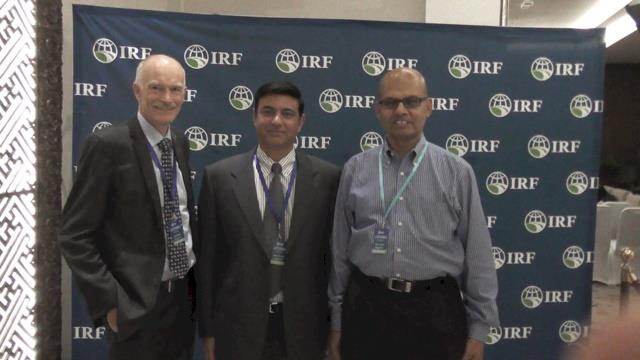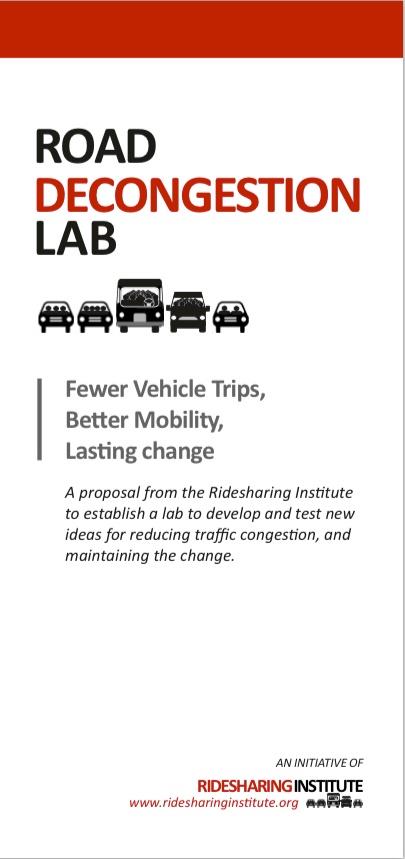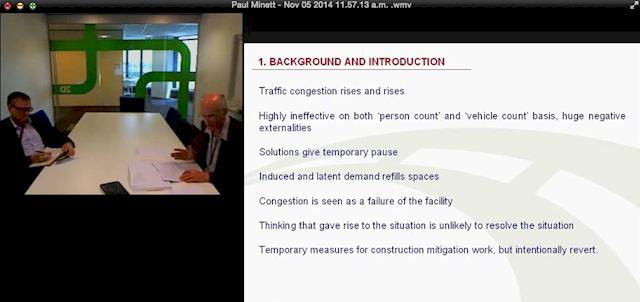Sorry to give you two updates in one day, but I wanted to tie up a couple of loose ends.
As I write this the total raised is $2,790, which is fantastic and all because you, my beautiful network, see value in this work. $2,000 of that will fund my trip to the Congress. The balance will ensure my time at the Congress is as effective as possible.
This means I can develop a hand-out for Congress delegates telling them about our proposed 'Road Decongestion Laboratory' (let me know if you have an idea for a better name), and hold a side meeting to build support for the Lab. The Congress organisers are helping us sort out a venue. All up I expect this will cost $750.
I have got an estimate for a rudimentary 'Disappearing Traffic' website with blogging capability so that I can keep you all up to date with developments: $1,000 to $1,500. Any further 'overs' will go to making this happen. As a start I will be making a free 'Disappearing Traffic blog' and will send you the link.
At the Congress I am moderating a panel of industry experts who will be talking about their congestion solutions.
They include senior managers from Xerox, 3M, Inrix, and Lindsay (the latter make the moveable barrier that is on the Auckland bridge, for those in NZ). I have identified five questions to ask them. I thought you might be interested in what those five questions are, so here goes:
1. With due respect to the value of the solutions you have spoken about, and they are all valuable and needed, it has been suggested that any time we reduce the traffic, or add extra capacity, all that happens is that the space created fills up with induced or latent demand, and we are no further ahead. You will have heard people say, or even said yourself: "we cannot build our way out of congestion”. And yet we keep trying to do just that. Have you thought about this, and
a. do you have any comment about why it happens and
b. ideas for what we should be doing about it if we truly want to reduce congestion and improve the travel experience and
c. Does your organisation put any focus onto this question?
2. It has been suggested that there is no money to be made from reducing demand, and so why would commercial organizations be interested in helping to reduce demand. Would you care to comment?
3. It has been suggested that reducing traffic congestion is a behavioural problem rather than a traffic engineering problem. However, it seems that the focus of departments of transportation is to implement engineering solutions, and the vast majority, perhaps 96 to 100 percent of funding, goes to such solutions (roads and public transport). Do you think there should be a different mix in the spending, and if so could focusing on demand reduction achieve some gains if equivalent sums of money were spent on it? How would you share it out?
4. It has been suggested that the traffic congestion challenge is different in different cultures, and that as a result what works to reduce traffic in one city might have no effect in another city. Do you have any experience with this, and if so could you comment about the implications of this for ‘solving’ congestion?
5. If we were to reframe the challenge away from ‘increasing capacity to meet demand’ to ‘reducing demand to fit within capacity’, while still achieving the same amount of mobility, and maintaining the gains that we achieve, which alternative skill-sets would you bring into your organisations, and what would be the major initiatives that you would pursue?
Sorry for the long post, but this brings you pretty much up to date.
After the Congress I hope to provide you with a summary of their answers, plus let you know how we get on with the Lab discussions.
Thanks again for your fantastic support.
Paul


